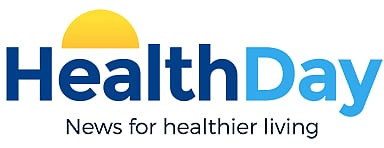TUESDAY, Jan. 29 (HealthDay News) -- Physicians say they often face unsafe hospital workloads, according to a study published online Jan. 28 in JAMA Internal Medicine.
Henry J. Michtalik, M.D., M.P.H., from Johns Hopkins University in Baltimore, and colleagues electronically surveyed 506 self-identified hospitalists enrolled in an online physician community, QuantiaMD.com, to examine the perceived impact of workload on patient safety and quality of care. Workload was defined as patient encounters performed per shift, and safe workload was defined as a workload that presented minimal potential for error or harm.
The researchers found that 86.9 percent of physicians had mainly inpatient clinical duties and 56 percent of attending physicians reported having some assistance with their clinical duties (midlevel staff, 22.5 percent; house staff, 20.7 percent; or both, 12.4 percent). The typical inpatient census exceeded safe levels at least monthly for 40 percent of physicians, with 36 percent reporting a frequency of more than once a week. Forty percent of hospitalists reported exceeding their own safe numbers when the researchers compared the physician's reported workload with the estimated safe workload. In a shift with 100 percent clinical effort, physicians reported that they could safely see 15 patients, regardless of assistance. Effects of excessive workload included not discussing treatment options fully, delays in patient admission and/or discharge, and worsened patient satisfaction. The average workload likely contributed to patient transfers, morbidity, and possibly mortality for more than 20 percent of hospitalists.
"Hospitals need to routinely evaluate workloads of attending physicians, create standards for safe levels of work, and develop mechanisms to maintain workloads at safe levels," the authors write.
One author disclosed a financial tie to Quantia Communications.
Full Text (subscription or payment may be required)

